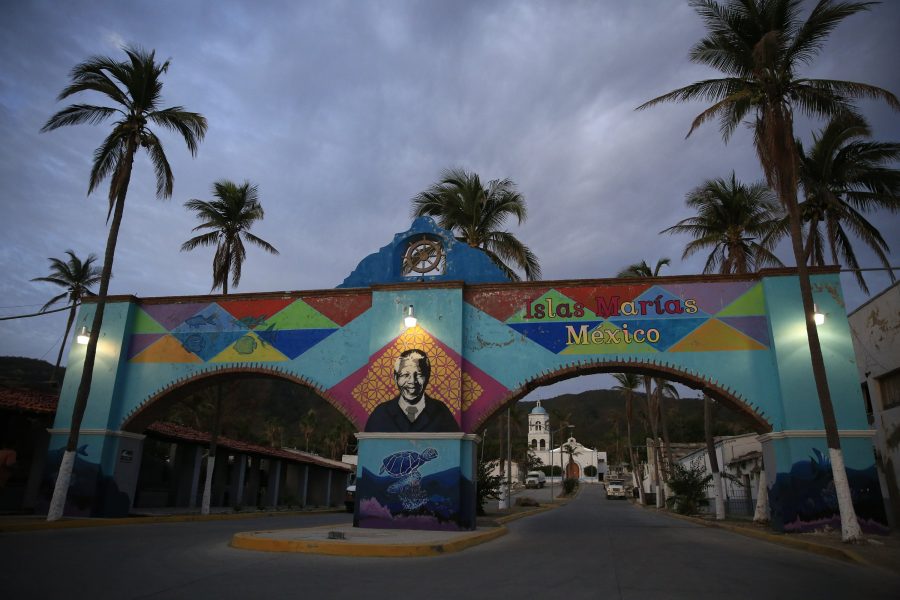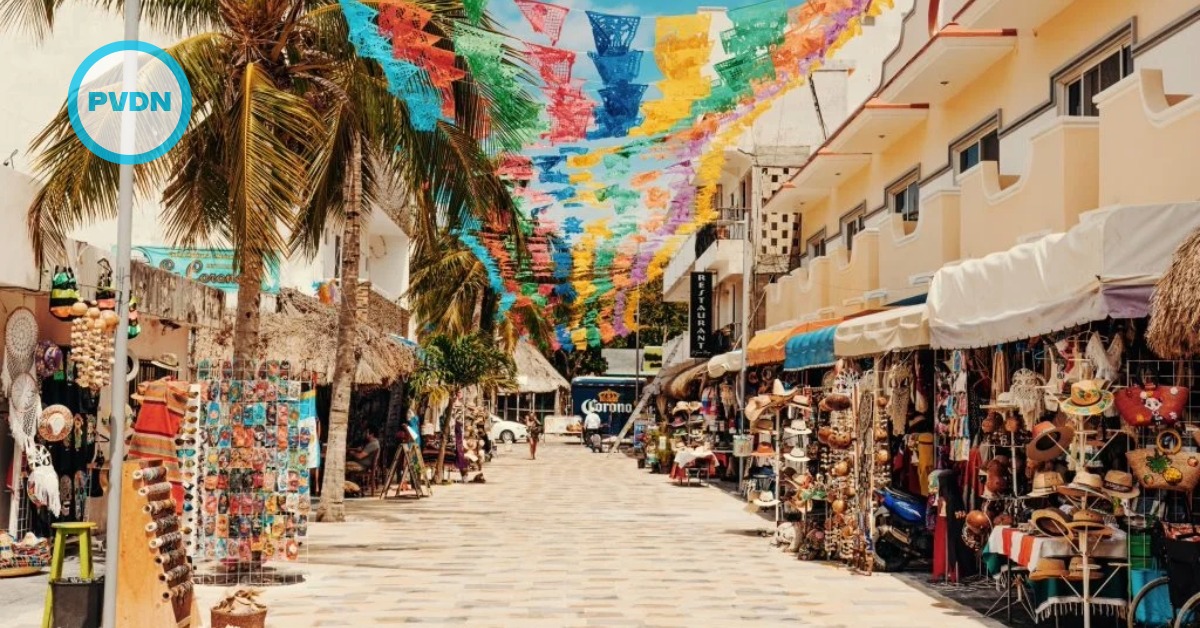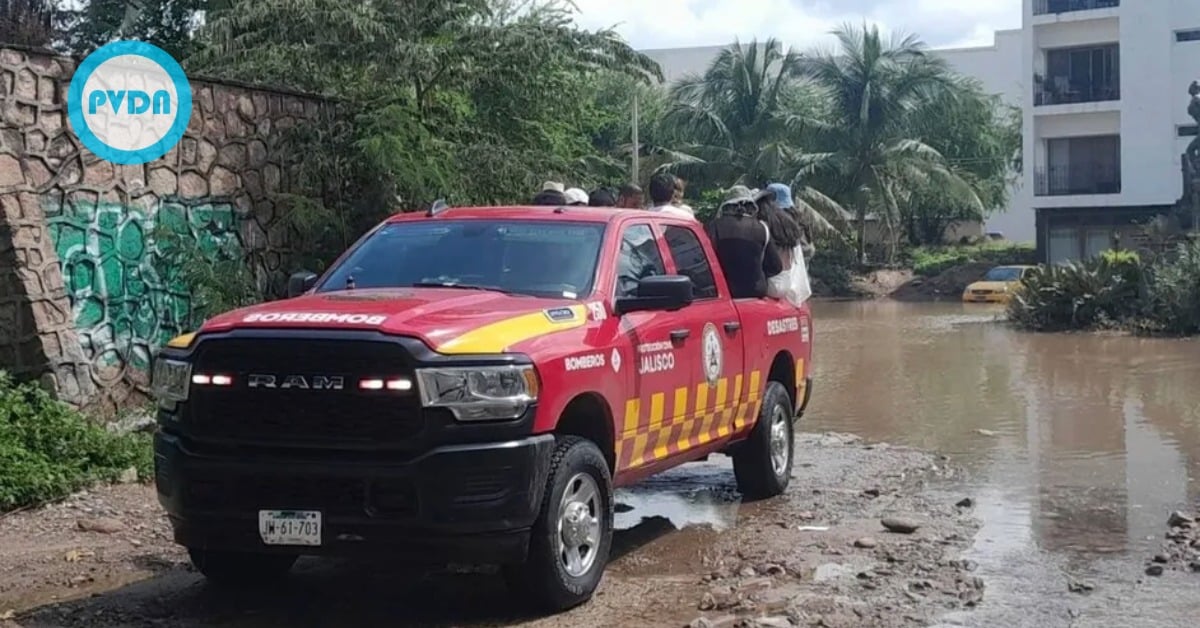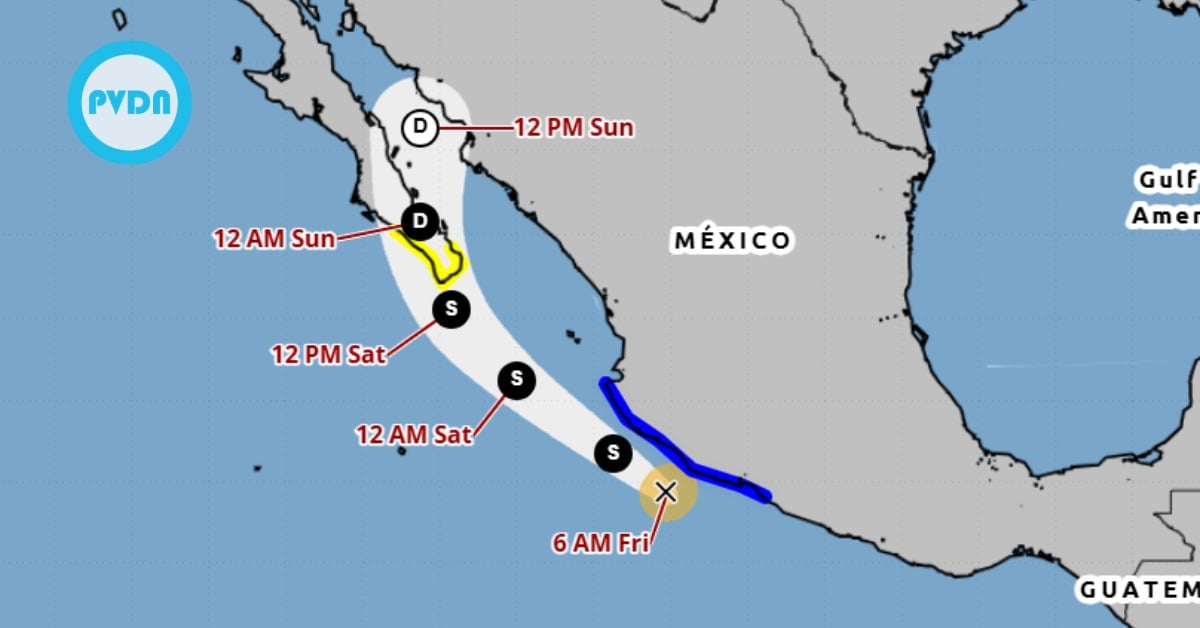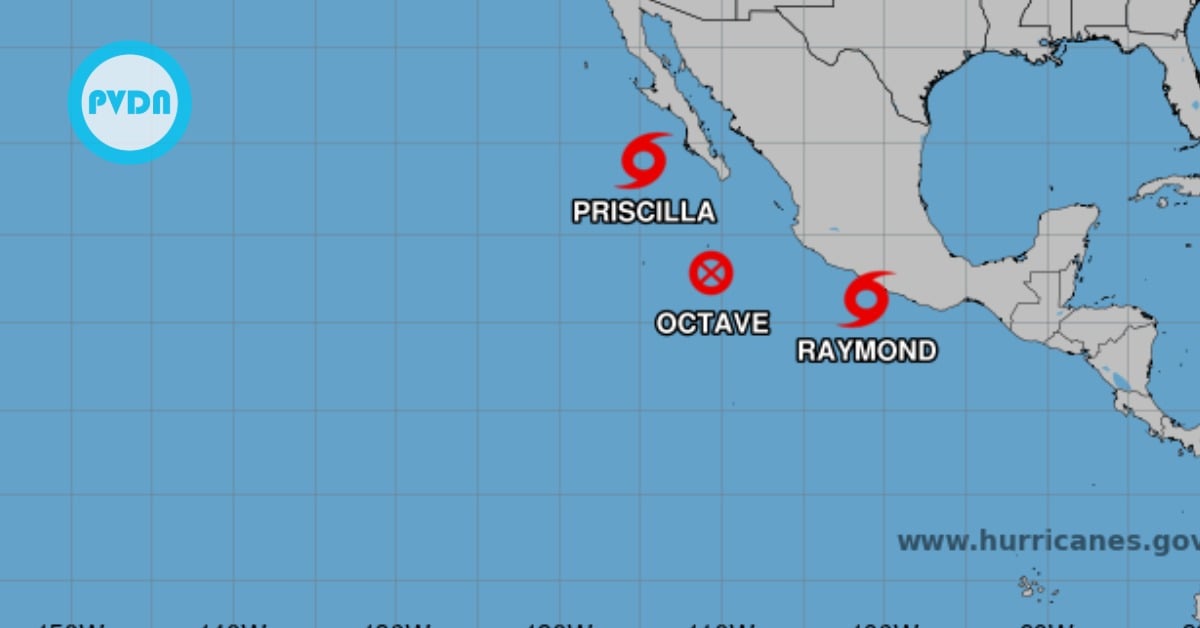It’s unclear if Islas Marias ever really worked as a penal colony: The remote Mexican archipelago is battered regularly by hurricanes, and its ramshackle, often century-old installations are sprinkled with the ruins of failed “productive” projects that once aimed to make the prison population self-sustaining.
Now, with the prison just closed, the hurdles of distance, weather and decayed infrastructure may not make it easy for the islands to prosper in their new role as a nature center and education camp for children.
It’s a rough, eight-hour boat ride out to the islands, which lie 70 . . .


